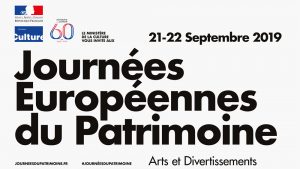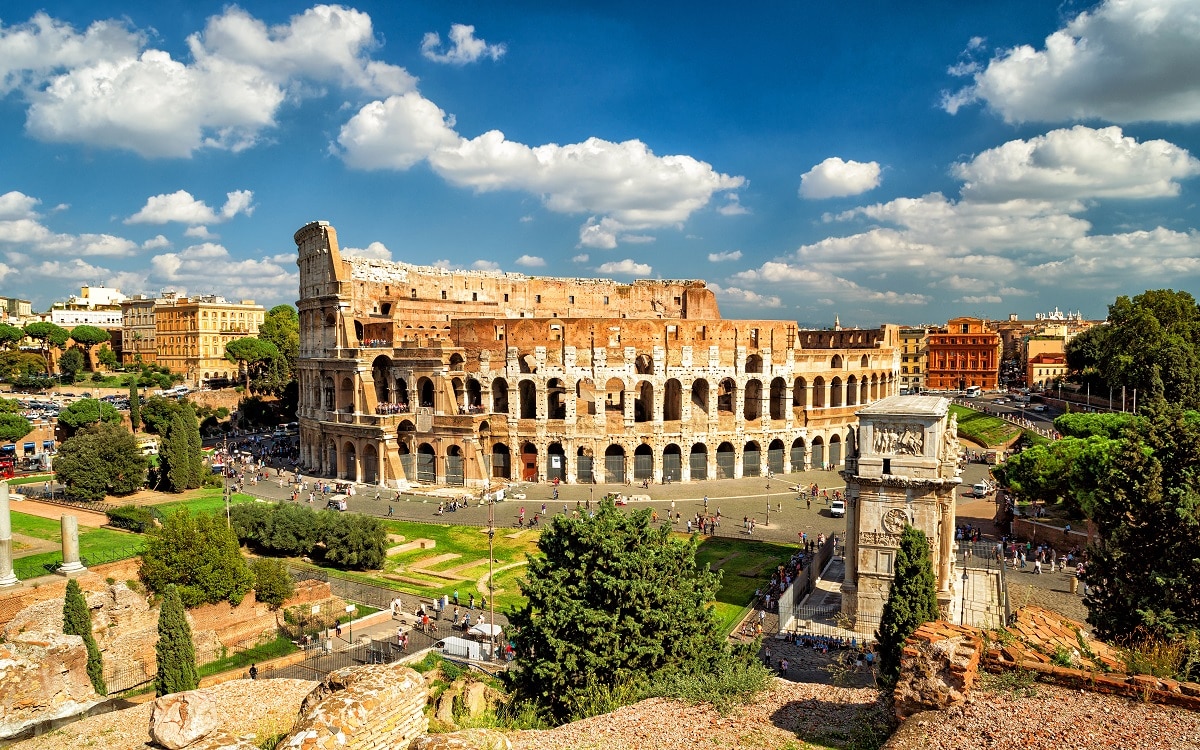
Here are some amazing and interesting Facts on ROME.
- Rome was founded in 735 BC by Romulus.
- Modern Rome has 280 Fountains and more than 900 Churches.
- Rome became the capital city of unified Italy in 1870, taking the title from Florence.
- Rome is known as the “Caput Mundi” or “Capital of the World”.
- Rome is also known as the “Eternal City”.
- The Vatican City is the smallest generally recognised sovereign state in the world; With an area of just 0.44km2. The papal state has been formally recognised as a sovereign state since 1929.
- Saint Peter’s basilica – inside the Vatican City – is the largest church ever constructed.
- There is a secret passage that’s leading from Vatican City to Castel Sant’Angelo.
- The Ancient city of Rome is about 30 feet (9-meter) below the modern street level.
- The Colosseum of Rome is one of the Seven Wonders of the World.
- The symbol SPQR, which is found all over the city of Rome, stands for “Senatus Populusque Romanus” i.e. “The senate and the people of Rome”.
- Rome is older than Italy. Founded around 53 B.C. making it 2,500 years older than Italy.
- Italy did not become a unified nation until late in the 19th
- The Spanish Steps are not Spanish at all. The famous outdoor steps were funded by the French diplomat, Etienne Gueffier; and designed by Italian architects Francesco de Sanctis and Alessandro Specchi. Steps are called Spanish after the Spanish Embassy’s location.
- Rome’s first university, “La Sapienza”, was established in 1303 AD. It is the largest in Europe and the 2nd largest in the world.
- Nearly 700,000 Euros worth of coins are tossed into Rome’s Trevi Fountain each year. The proceeds are donated to Caritas to help those in need.
- Romans had built a road network of 53,000 miles by the early 4th Each Roman mile was about 4,800 feet and marked by a milestone, giving birth to the saying “All roads lead to Rome.”
- The word “Palace” comes from the Palatine Hill, where Augustus initiated the tradition for Emperors’ to build their palaces.
- The mascot of Rome is a she-wolf that cared for brothers Romulus and Remus, Rome mythological Founders.
- Cats, by law, are free to roam in Rome.
- The Emperor Trajan built, around 107 and 110 AD, the first shopping mall in Rome. It had multiple levels, over 150 outlets.
- Rome has a museum dedicated entirely to pasta.
- Roman Gladiators rarely fought to death. Instead they were considered celebrities, but many were slaves. These harsh conditions inspired rebellions e.g. Spartacus.
- Ancient Romans celebrated a festival called “Saturnalia” in which slaves and their masters switch places.
- The Roman Emperor, Gaius Caligula, made his horse a senator, fed prisoners to wild animals, and had conversations with the moon.
- In Ancient Rome, only free men wore a Toga, a sign of Roman citizenship. Women wore Stola.
- The Purple-coloured clothing was a status symbol reserved only for Emperors or Senators.
- In Ancient Rome, women dyed their hair with goat fat and beech wood ashes. Popular colours were blonde and red.
- Romans used to eat their dinner lying down, lounging around on couches (sofas).
- Romans washed their clothes with urine. The liquid was collected in vessels, called fullos, which stood on the streets.
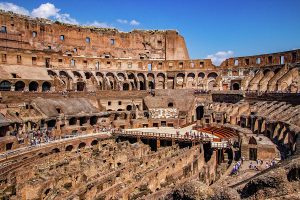
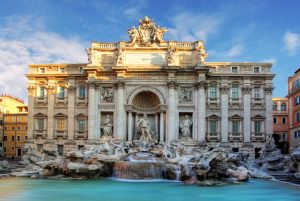
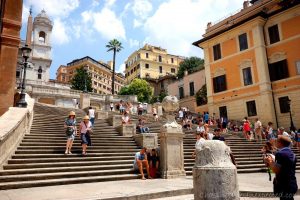
Link: https://www.livitaly.com/20-fun-facts-about-rome/
Links: https://www.isolatedtraveller.com/amazing-facts-about-rome/cts-about-rome/
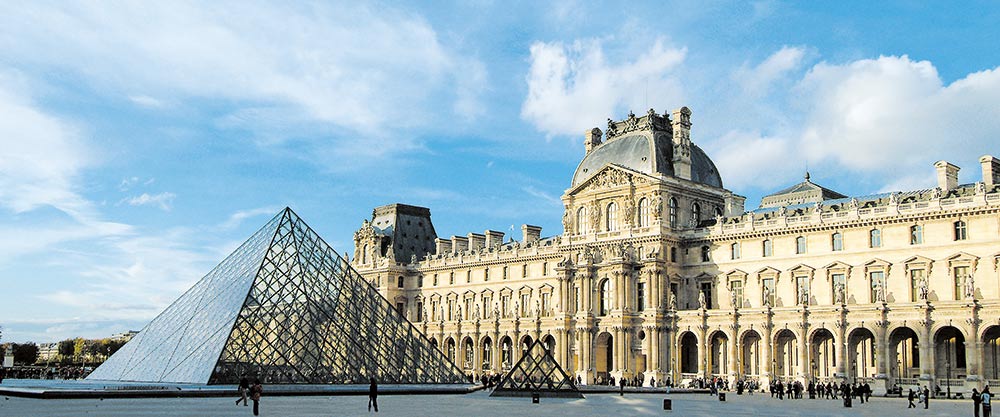
Musee du Louvre was originally commissioned as a fortress. In 1793 it opened its doors as a museum.
In 1682, Louis XIV moved the royal court to the Palace of Versailles.
In 1797, Napoleon raided Italy’s monasteries and churches and brought back artwork …mainly the masterpiece Veronese’s “Wedding Feast at Cana” and had to cut it in half as it was more than 700 square feet.
In 1882, Ecole du Louvre was founded and it is the training ground for future curators and excavators.
In 1911, the Painter Pablo Picasso was accused of stealing the Mona Lisa from the Louvre.
During the German occupation, the Louvre moved around 4,000 artwork to Château de Chambord.
The Ministry of Economy occupied the building until the President Francois Mitterand dedicated the entire space to Arts.
It will take you 200 days to see each of the 35,000 works of art on display.
Did you know that the museum has roughly 550,000 works, most of which it keeps locked up in storage.
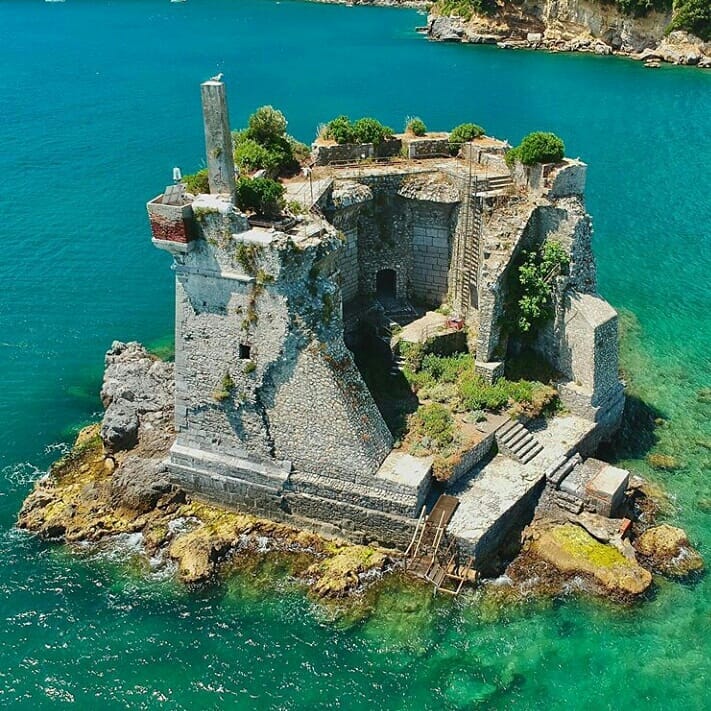
Article from CondeNast (cntraveller).
“Italy’s great art cities attract millions of visitors each year, and quite rightly so. But this extraordinarily diverse country is stuffed with glorious, lesser-known destinations, many of which lie well off the beaten tourist trail. This is our choice of some of the best small towns and villages covering sleepy, sun-drenched fishing communities, splendid bastions of the Baroque and medieval hilltop set-pieces. Efforts will be rewarded by fabulous food and wine, warm hospitality and a sense of having discovered something a bit different”.
My pick:
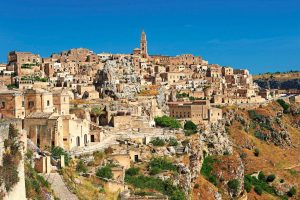
MATERA, BASILICATA
It’s difficult to believe that Matera, located in the little-visited region of Basilicata and now glowing from its 2019 stint as European Capital of Culture, was one of western Europe’s most deprived towns until the 1950s. Designated a UNESCO World Heritage Site, the honeycomb of ancient troglodyte dwellings (sassi) that lies below the honey-hued medieval town is now largely restored and occupied by galleries, restaurants and hotels. But to get an idea of what cave living must have been like, you can visit the fascinating Casa Grotta di vico Solitario, or even sleep in one if you don’t mind windowless rooms.
STAY: Sextantio Le Grotte della Civita, sextantio.it
EAT: Dimora Ulmo, dimoraulmo.it
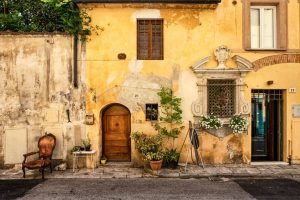
PIETRASANTA, TUSCANY
Lying just inland from the wide strip of lido-occupied beaches that fringe the Versilia coastline north of Pisa and backed by the majestic, marble-rich Apuanian Alps, mellow old Pietrasanta has long been home to a vibrant community of artists and sculptors, its bronze foundries and marble studios attracting the likes of Mitoraj, Botero and Henry Moore. It is dozy off-season, but busier in warmer weather when a cool, arty crowd drifts up from the coast to explore its galleries and independent boutiques and sip Campari spritz in the lovely Piazza del Duomo.
STAY: Albergo Pietrasanta, albergopietrasanta.com
EAT: L’Enoteca Marcucci, enotecamarcucci.it
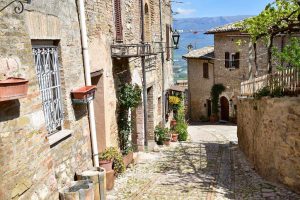
MONTEFALCO, UMBRIA
In the wine world, the charming little medieval hilltown of Montefalco is synonymous with Sagrantino, the full-bodied and highly prized local red wine, its vines turning the surrounding hills deep russet-red just before the grape harvest. Known as ‘the balcony of Umbria’ because of its far-reaching views, the town has five entrance gates, each of which leads, via a cobbled lane, up to the round-ish central piazza. Don’t leave without tasting the wine and seeing Benozzo Gozzoli’s exquisite 1452 fresco cycle depicting the life of St Francis in the Convento di San Fortunato.
STAY: Palazzo Bontadosi, hotelbontadosi.it
EAT: Coccorone, coccorone.it
To read more, click on the link: https://www.cntraveller.com/gallery/prettiest-small-towns-italy
https://www.cntraveller.com/gallery/beautiful-pictures-of-italy
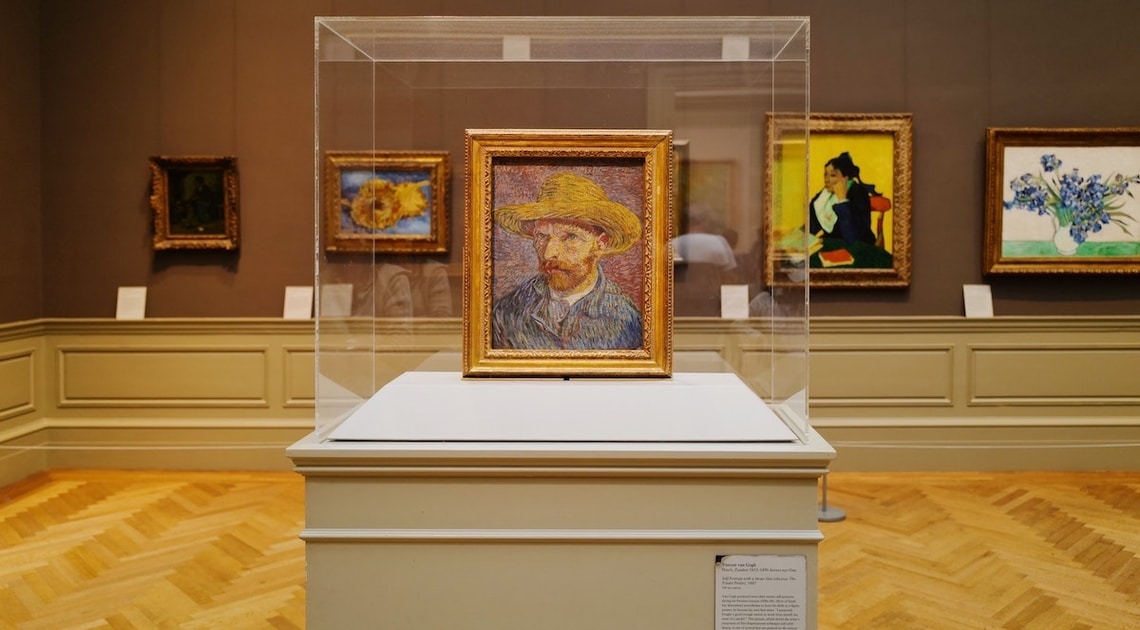
The tragic explosion in Beirut affected local businesses from essential services to restaurants, fashion and even the arts – shattering buildings and centres. British auction house, Christie’s has just announced it will support Beirut’s throbbing art community with a charity auction.
Dubbed We Are All Beirut – Art for Beirut: A Charity Auction, the online auction will take place from late October to the first half of November.
“Seeing the images of devastation on Tuesday 4 August will always remain in all our collective memory and our thoughts are with all families, friends and artists who have lost so much. We hope to raise enough funds with this initiative to make a significant difference,”CEO at Christie’s, Guillaume Cerutti, commented, continuing “we are committed to help and hope that many of our international clients, friends and collectors will follow our call to action.”
According to Caroline Louca-Kirkland, Managing Director at Christie’s Middle East, the initiative will include approximately 40 to 50 lots of international and regional art, jewellery, design and watches. Funds will be allocated to restore the city’s art and cultural community, including the Sursock museum – Beirut’s modern and contemporary art museum.
![]()

Read more, please click on the link: https://www.graziame.com/culture/art-books/christies-is-holding-an-auction-to-help-rebuild-beiruts-cultural-scene?fbclid=IwAR1DY1-_nw478VQLKRWvt2Q2UkrXTQPgBEwBLoTGBmL_ehaaEj-G89oLhYg
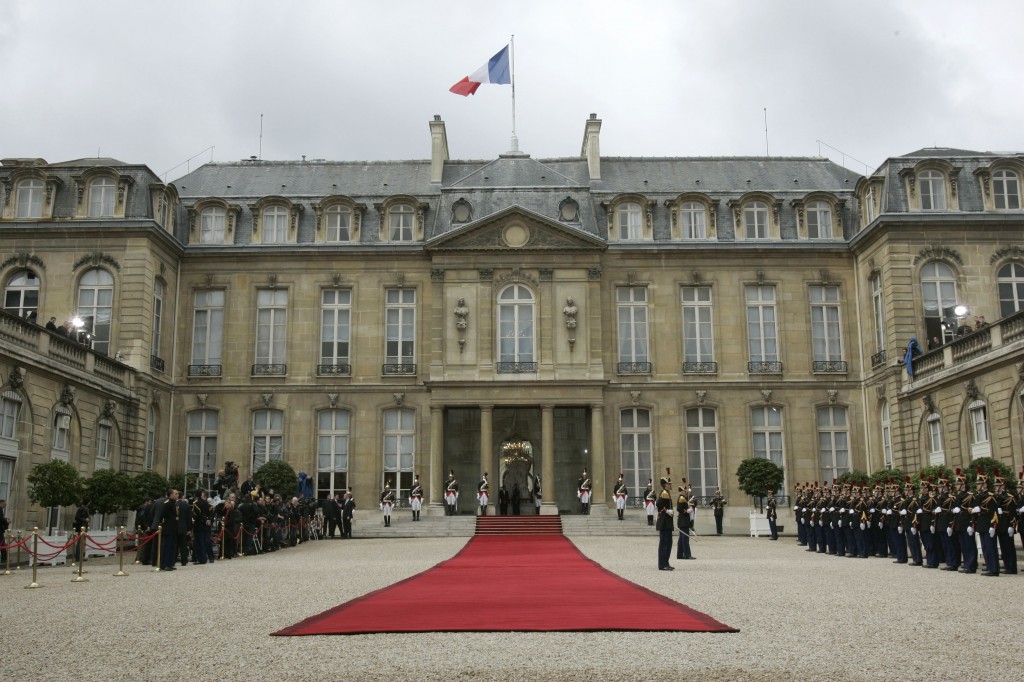
PARIS & ILE-DE-FRANCE: SEPTEMBER 21st & 22nd 2019, JOURNEES DU PATRIMOINE 2019
European Heritage Days are the occasion to visit Monuments and Castles often for free!
In Paris, discover places usually closed for public. In Ile-de-France, visit the abundant Heritage sites of different eras, from the Renaissance estate to the fortified castles, … Royal Residences.
PARIS Outings to discover:
- Elysée Palace opens its doors for European Heritage Days. Visit this high place of power and the prestigious salons of the Hotel d’Evreux.
- Palais-Royal and the meeting rooms of the State Council, Ministry of Culture and the Constitutional Council.
- French National Assembly, tour Palais Bourbon, Hotel de Lassay.
- Ministry of Economy and Finance. Visit Bercy from the inside and enjoy crazy experiences as ziplining.
- Ministry of the Interior. Visit Hotel Beauvau, ..lounges, gardens, offices, former jails.
- French Court of Appeal.
- Grand Palais, created for the 1900 World’s Fair.
- Musée de la franc-maçonnerie proposes exclusive tours to discover its values and culture.
ILE-DE-FRANCE
- Seine-et-Marne Heritage with guided tours, exclusive open houses and family entertainments!
- Yvelines castles and museums.
- Essonne and its treasures.
- Val de Marne
- Val d’Oise.
- Seine-Saint-Denis.
Link: https://journeesdupatrimoine.culture.gouv.fr/
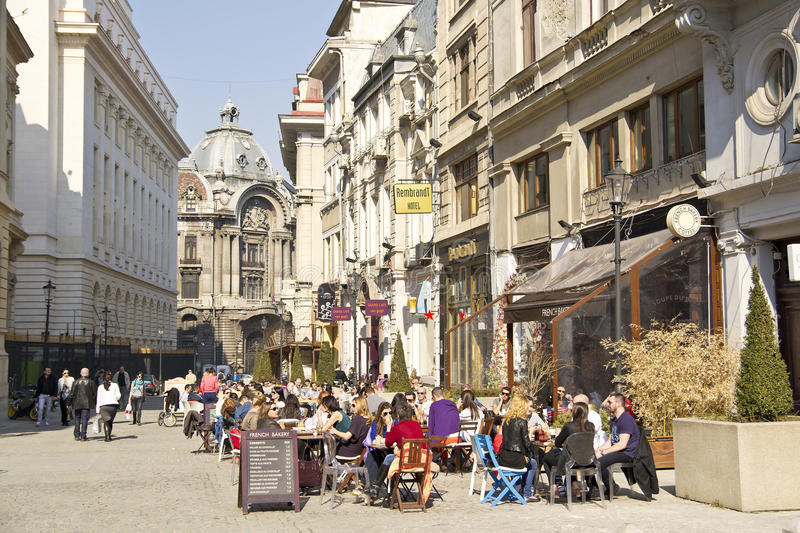
| Surface: 238,391 km2 roughly the same size as the United Kingdom. |
| The Palace of Parliament, located in Bucharest, is the world’s largest and most expensive civil administration building in the world. It also ranks as the biggest office building in Europe (3.9 million square feet) and 2nd largest in the world, after the U.S. Pentagon. More than a million tons of marble, steel, crystal and wood have been used to build this palace! |
| Carpathian Mountains: home to one of the largest undisturbed forests in Europe = 400 unique species of mammals, including the Carpathian chamois, where 60% of European brown bear live.
1,350 floral species e.g. yellow poppy, Transylvanian columbine, saxifrage and edelweiss. |
| Turda Salt Mines (Salina Turda) located in Transylvania, stands the world’s largest salt mine museum, (400 feet into the Earth). |
| The Danube River flows 1,788 miles from its springs in Germany’s Black Forest to the Black Sea, where it forms the Danube Delta – 2nd largest and best preserved in Europe formed over a period of more than 10,000 years – 2,200 miles2 of rivers, canals, marshes, tree-fringed lakes and reed islands,. Home to the world’s largest reed bed; hosts rare species of plants & animals e.g. endangered sturgeon, otters, wildcats & European mink. |
| The 2nd largest underground glacier in Europe (in terms of volume) is found in Transylvania = 3500-year old Scarisoara Glacier, 75,000 cubic meters, located in the Bihor Mountains… 154-foot deep entrance shaft leads to some impressive ice structures, ice stalagmites & Scarisoara ice-cave. |
| Peles Castle was the 1st European castle entirely lit by electrical current produced by its own plant.
Castle’s central heating & vacuuming systems, built in 1883, are still in use today. |
| The world’s first industrial oil refinery opened at Ploieşti (southern Romania) in 1857. Oil was exploited commercially in Romania since 1857, two years before oil was discovered in Pennsylvania. |
| The earliest reliably dated European modern human fossils, up to now, were discovered in 2002 in southwestern Romania (at Pestera cu Oase – translated as the “Cave With Bones”). The fossil’s age is estimated at 37,800 to 42,000 years old. |
| The real Dracula (Vlad Draculea) nicknamed Vlad Tepes (Vlad the Impaler) was a Romanian prince and military leader who fought bravely against the invading Turkish army in the mid 1400’s. Count Dracula – the Vampire – was created by Irish writer, Bram Stoker in 1897.
The most famous novels written are “The Castle in the Carpathians” by Jules Verne, and “Dracula” by Bram Stoker. |
| Voronet Monastery, northeastern Romania, is known as the ‘Sistine Chapel of the East’. The monastery built in 1488 is known worldwide for frescoes & intense shade of blue known as ‘Voronet blue.’ |
| Tallest wooden church in the world, 2nd tallest wooden structure in Europe, is in Sapanta Peri = Maramures. |
| Romania Today is the #9 wine producer in the world!
11 “indigenous” varieties of grapes cannot be found anywhere else in the world are produced here. |
| The movie Cold Mountain was filmed in Romania. Hollywood celebrities Jude Law, Renee Zellweger and Nicole Kidman relaxed in Poiana Brasov after shooting the film Cold Mountain on location in nearby fields and farms. |
| The Pastrami – a popular sandwich ingredient in America – has its origins in Romania. Little Romania… |
| The Black Church has the largest organ in Europe with 4000 tubes (built by Buchholz, Berlin’s famous organ builder, in 1836) as well as the largest bell in Romania, weighting 6.3 tons – Brasov (Transylvania). |
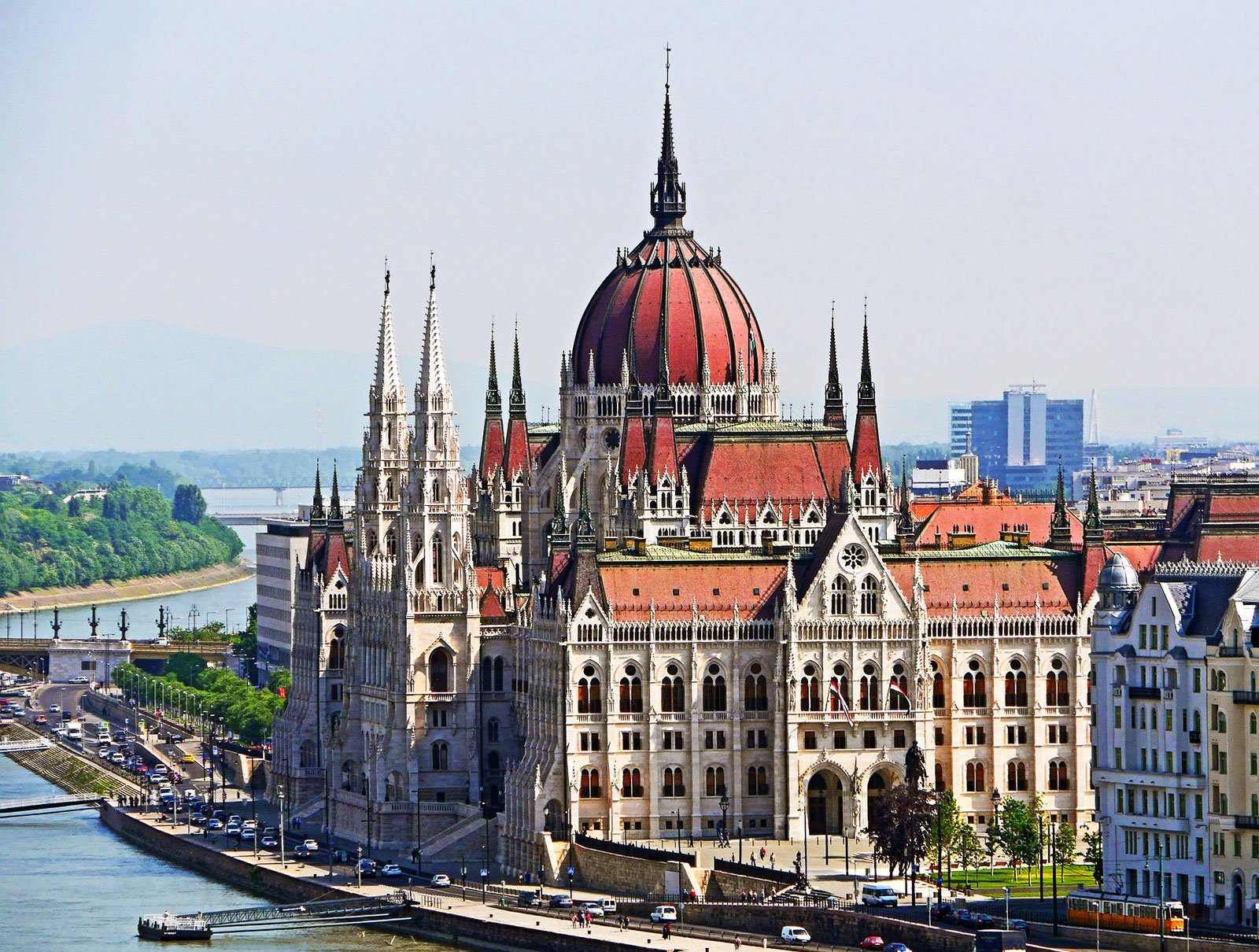
Welcome to the pride of the Hungarian nation, 18th century monument located on the Eastern bank of the Danube River. The 3rd largest parliament in the world spreads over 18,000m2. A masterpiece of 691 rooms also showcases Renaissance and Baroque influences. The excessiveness of the project, can be found in the 40 kilos of gold used, stained-glass windows, 242 sculptures that adorn the place, cupolas, frescoes that dress up the ceilings.
The 96-metre high dome is visible all around town.
A guided tour will present you ornamental stairs, House of Magnates, Holy Crown of Hungary, displayed in the Main Hall.
www.parlament.hu/en/web/house-of-the-national-assembly
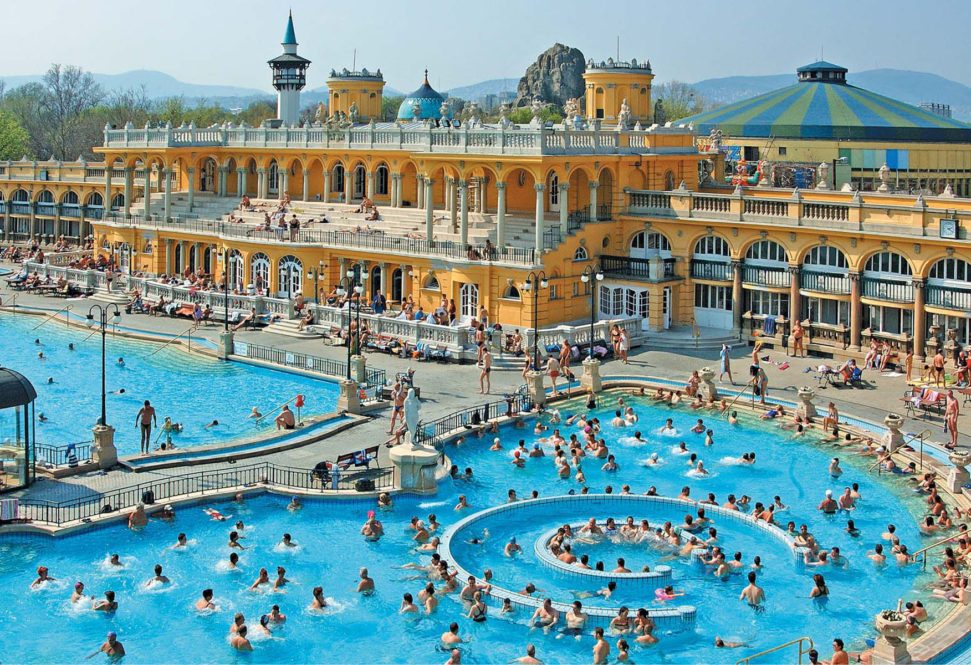
With over a hundred hot springs, Budapest is a spa city par excellence. As a cure or for relaxation, take the waters in these spas where well-being is the essence. Five thermal baths for five different tastes in Budapest.
1) Széchenyi Thermal Baths: Your Must-Visit Thermal Baths
2) Király Baths
3) Gellért, Luxury, calm and sensual delights
4) Rudas Baths, rooftop experience
5) Palatinus, with Family
SZÉCHENYI
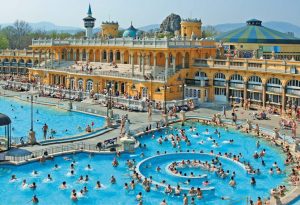
SZÉCHENYI THERMAL BATHS are without a doubt the most famous in the capital, known throughout the world for their exceptional Renaissance Revival architecture, sheer size and, quality of their calcium- and magnesium-rich waters.
The spring lies 1246 metres underground and when the water spurts up at the surface, it reaches 76°C. …around the 18 pools, 3 outdoors and 15 indoors. Some of the indoor pools are used for back-muscle-building exercises, others are just for aqua-fitness classes. … in winter, the water temperature varies between 27 and 38°C in the outdoor pools.
www.szechenyibath.hu/
~~~~~~~~~~~~~~~~~~~~~
KIRÁLY BATHS
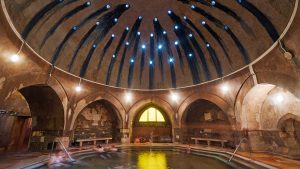
A 16th century exterior that looks like oriental ruins. In fact, the baths date back to the era when the Ottomans ruled over the city. The dome of the main bath filters the daylight and only lets a few beneficial rays pierce through….All around, there are stone alcoves, 3 indoor pools. Unlike other spas, Király Baths were not built near a spring. The water comes from a larch-wood aqueduct. You then adventurously try the cold-water pool located near the whirlpool bath. Or maybe, you would prefer the wooden sauna which can accommodate up to 60 people.
en.kiralyfurdo.hu/
~~~~~~~~~~~~~~~~~~~~~
GELLÉRT
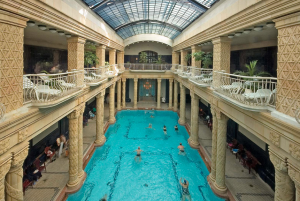
Part of Hungary’s heritage and worldwide fame. Located at the foot of Gellért Hill, which has stunning views over the city of Budapest. Large glass roof sitting on top of the Art Nouveau gallery, Elegance is the essence here. The indoor baths are decorated with porcelain and ceramic mosaics from the famous Hungarian company, Zsolnay. The patterns and colors on the stained glass are impressive. Marble statues dotted here, there and everywhere remind you that this place is dedicated to well-being. Over the decades, the baths have expanded and new services been added. You can choose a hot-stone massage, balneotherapy, chocolate treatment!
www.gellertbath.hu/
~~~~~~~~~~~~~~~~~~~~~
ROOFTOP EXPERIENCE AT THE RUDAS BATHS
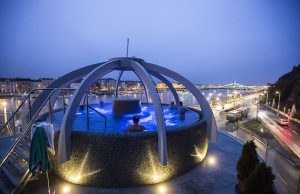
There are two sides to the Rudas Baths. The first echoes the history of Hungary which was under Turkish rule in the 16th century. The architecture alone is worth the detour. Immersed in these baths, you will benefit from the soothing waters, known for their healing properties for joint and muscle pain. Treatments on offer include firming and moisturising massages with aromatic plants, scrubs, pedicures and much more.
The other side to the Rudas Baths is much more contemporary, in evidence in the Wellness and Sauna area and especially on the roof of the baths. Sit in a bath at 36°C with views over the city and the Danube which are second to none. The spectacle is even more magical in the evening as the lights of Budapest come on one by one.
en.rudasfurdo.hu/
~~~~~~~~~~~~~~~~~~~~~
Palatinus: en famille
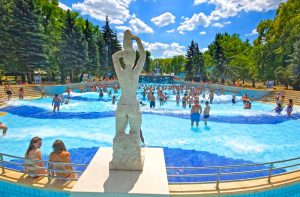
Enfin, si vous voyagez en famille, partez à l’aventure dans les Bains Palatinus. Le complexe s’étend au cœur d’un cadre verdoyant. Les piscines extérieures permettent à tout un chacun de s’amuser ou de se reposer: toboggans, vagues, bassins d’apprentissage pour les jeunes enfants, piscines thermales avec des températures différentes…
en.palatinusstrand.hu/
https://www.airfrance.com.lb/LB/en/common/travel-guide/five-thermal-baths-for-five-different-tastes-in-budapest.htm
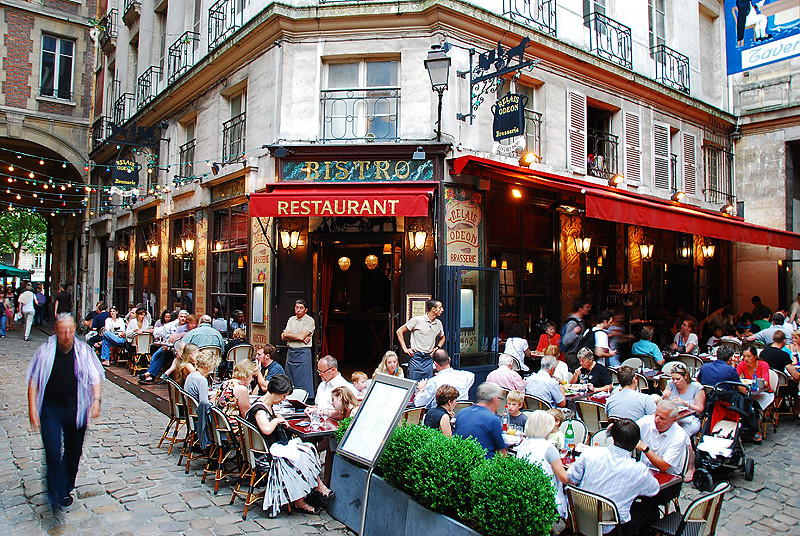
The France of the imagination remains undimmed. The romantic boulevards and cobbled streets of Paris. The sparkling waters of the Cote d’Azur. The slow-paced villages of Provence. Each is enough to make travelers swoon. Yet while these hotspots will always be popular with Francophiles, it’s the sheer diversity of the country that makes it so alluring to millions of tourists every year. Whether it’s skiing in the Alps or Pyrenees, surfing in Biarritz or cycling through the greenways of Dieppe, France has got it all. Throw in some of the world’s finest food and best wine, whether in a three-star Michelin restaurant or local brasserie, and it’s hard to think of a more perfect destination.
We combined and compiled a list of the 10 best French restaurants in Paris (courtesy of CNN) and Conde Nast and we came up with the below:
Down-market food trucks and pop-up restaurants have invaded Paris just like other cities around the world. But when looking for the best French restaurants in Paris, we want the kind of classic tables that make French dining a UNESCO Cultural Heritage Item.
To find the most memorable food and drink experiences, CNN turned to Meg Zimbeck, brainchild of the extensive online food guide Paris by Mouth. Zimbeck and her colleagues lead walking tours in the capital of France and have been seeking out the best tables in the city for years. With her help, CNN compiled a list of 10 best French restaurants in Paris:
1. Bistrot Paul Bert: classic bistro experience, a gut-busting traditional French meal at its finest (there’s no escaping a food coma following a meal here)
2. Septime: inventive innovative cuisine
3. Chez Casimir: where locals go for high-caliber affordable tasty bistro food
4. Relais d’Entrecôte: steak served with secret sauce and crispy fries
5. Le Chateaubriand: no-choice menu, morning ingredients put together in interesting ways
6. Verjus: the best fried chicken dishes in the city
7. Semilla: open kitchen, distinguished M.O.F. chef, the highest French honor for craftsmen, wine obtained from the nearby Derniere Goutte wine shop
8. L’Atelier de Joel Robuchon: Started by legendary French chef and restaurateur Joel Robuchon
9. Les Papilles: copious 4-course fixed menu, plate of cheese that change daily. A lot of chefs come here
10. Breizh Café: authentic Breton sit-down creperie, an authority in Paris
Others by Conde Nast:
11. Allard: duck with green olives, frogs legs, duck foie gras
12. Epicure: 3-Michelin-starred restaurant… a meal experience that borders on religious
13. Clamato: inventive seafood
14. Tannat: real emphasis on seasonality and wine stories …
15. Benoit Paris: classic bistro (which opened in 1912): escargots, cassoulet, pate en croute, Scottish salmon with Bearnaise sauce, scallops, cheese, crepe Suzette
16. Dersou: Taku Sekine has become the chef0around-town with artfully plated dishes, edible flowers…
17. Le 52: for diners serious not only about food but high good-time quotient
18. Le Grand Bain: Brit Edward Delling Williams, the tall blond handsome chef
19. Anahi: steak, steak and more steak, an Argentine institution (so it is more ole than ohlala)
20. La Coupole: typical French brasserie food with strong seafood emphasis. A living memorial to Paris’ Art Deco legacy. La Coupole has seen more than its share of Parisian Who’s Who (Henri Matisse, Marc CHagal,, Jane Birkin ….)
21. L’Ami Jean: the food is star of the show, refined, adventurous and surprising
22. Ellsworth: people come here to eat well. Don’t skip the fried chicken – it’s what they’ve become known for
23. Le Train Bleu: one of the most dignified restaurant, an icon of Parisian dining… every inch drips with Parisian opulence
24. Chez La Vieille: reinvented bistro and his genious Chef Daniel Rose
25. Pierre Sang: creative, unexpected, fresh and full of diverse flavors (with Korean touches)
26. Bouillon Chartier: opened in 1896 with a simple mission: French food at an affordable price for the masses
27. La Dame de Pic: Anne-Sophie’s hyperseasonal cooking is bold and delicate.
28. Vivant: spirited, confident cooking
29. Le Servan: novel flavour pairing
30. Le Vieux Belleville: live music, performers walk among the tables with accordion singing French Classics including Edith Piaf
31. Le Baratin: simple, authentic dining experiences

